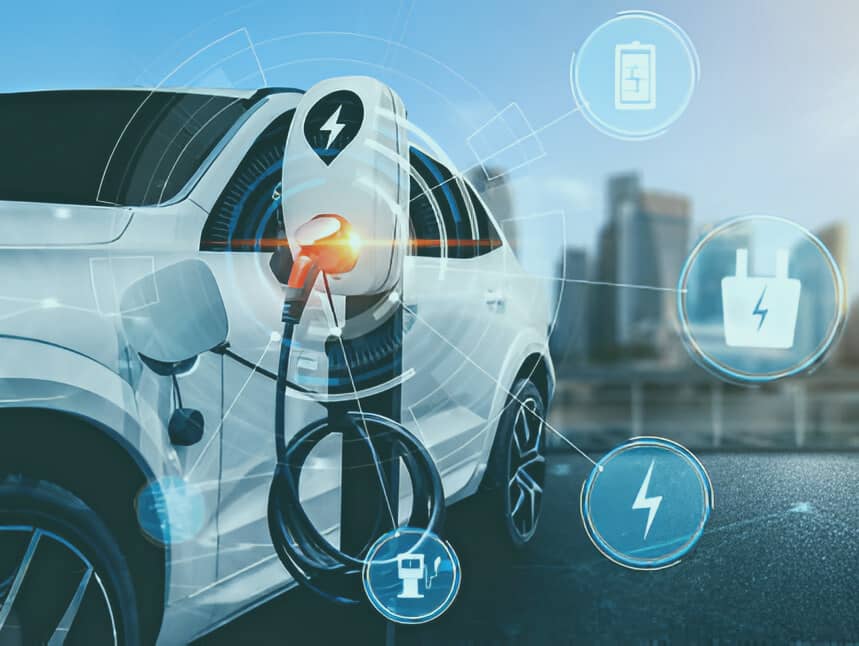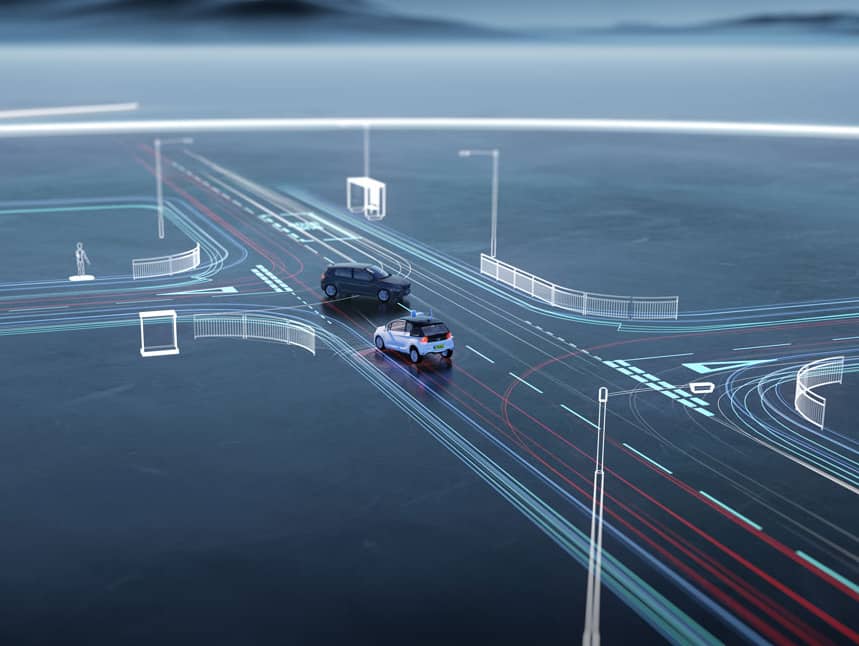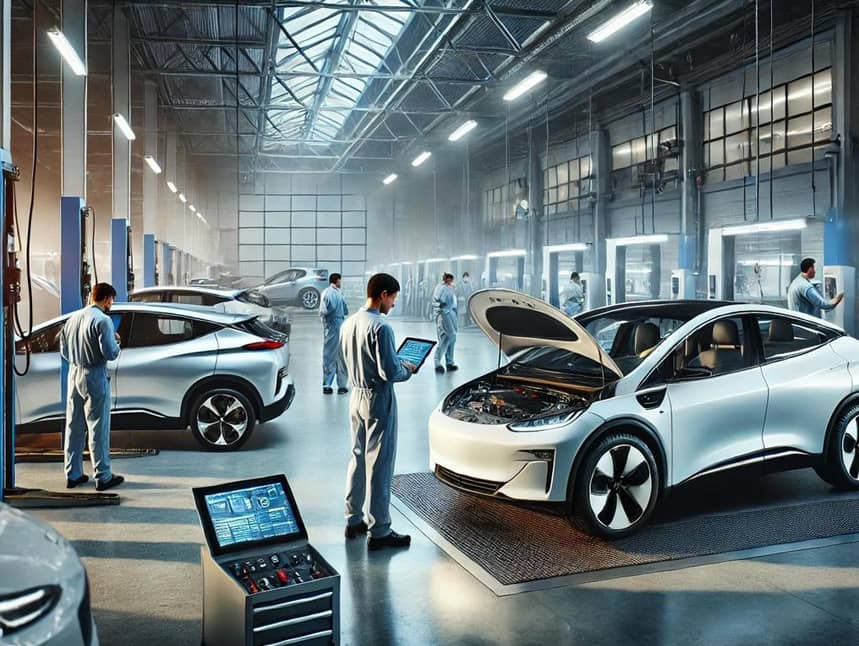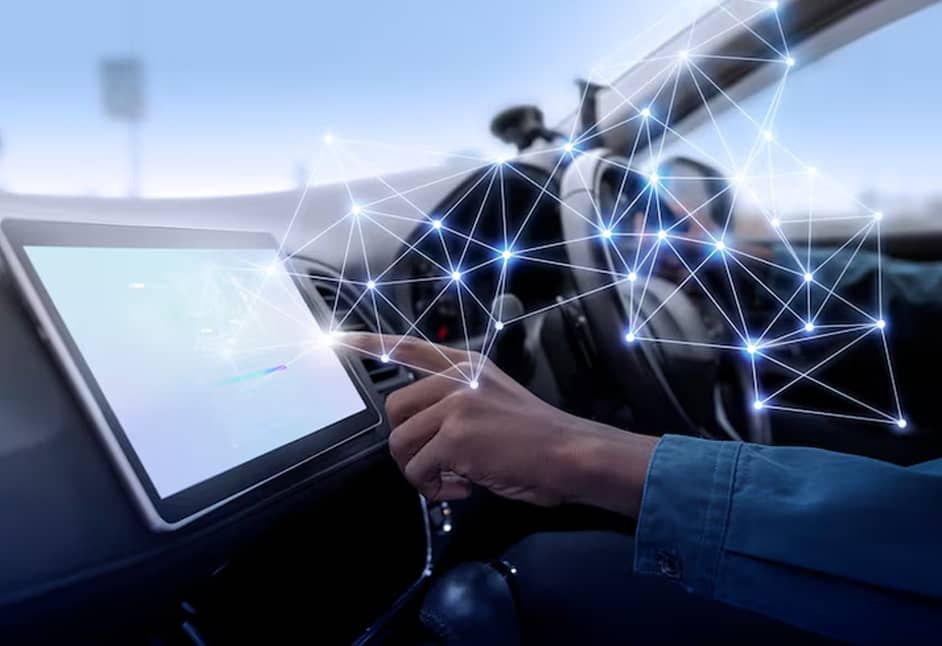
Automotive & Mobility Industry
The automotive and mobility sector is undergoing one of the most significant transformations in its history. Electrification, digital connectivity, autonomous driving technologies, and the rise of shared mobility services are reshaping how vehicles are designed, produced, sold, and used. These developments are not just technological — they’re redefining global value chains, business models, and consumer expectations.




